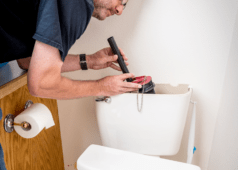How to Repair a Toilet That Won’t Stop Running
“Is the toilet running in your house? You better catch it before it gets away.” The joke is old, but so is the constant sound of a toilet that won’t stop trying to fill. Not only is it noisy, but it’s also costly. A toilet running all the time can cost hundreds of dollars a year in water fees. The good news is that it’s a relatively easy thing to fix and you don’t require any special tools.
There are two types of toilet fill mechanisms on most domestic use toilets. We’re going to assume that you don’t have the industrial style, high-pressure flushing system you find in heavy use public restrooms like airports and shopping malls. Those are entirely different animals.
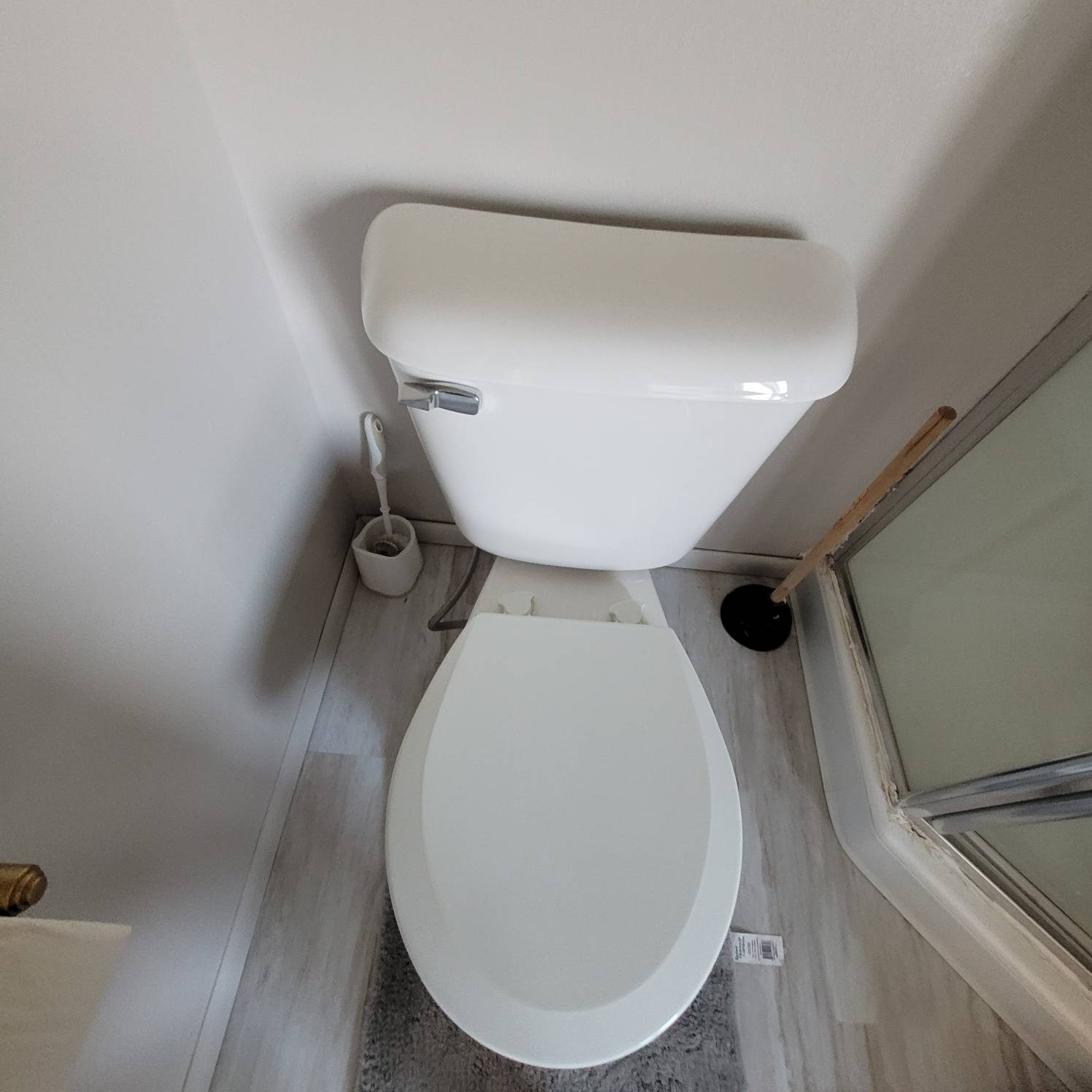
The oldest flush toilet dates back to 1449 and a hand-filled tank that sat five feet above the stool.
Contrary to urban mythology, Thomas Crapper did not invent the flushable toilet, but Crapper did perfect the modern “ball valve” style toilet, still the most popular style of a domestic toilet in the 1880s.
The ball valve toilet uses a floating ball on the end of a metal rod. As the tank fills, the ball rises, lifting the metal rod. The metal rod is connected to a valve that when fully lifted to the correct water level in the toilet tank, shuts off.
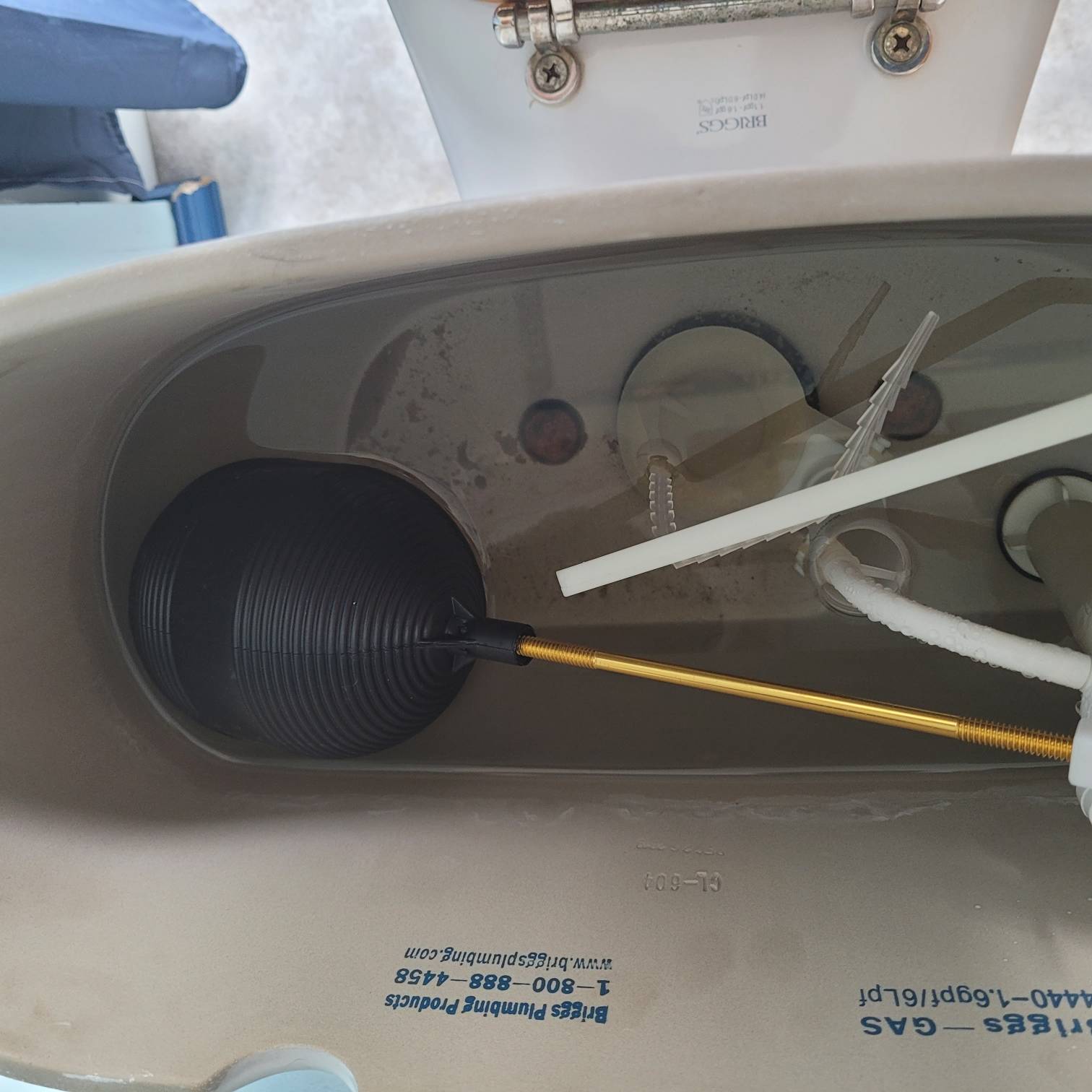
Repairing a Ball Valve Toilet
In a ball valve toilet, running water that won’t shut off is most often caused when the adjustment setting the angle between the floating ball and the valve is not set correctly.
Most ball valve models have an adjustment screw on the valve. The more you turn it the lower the water level. It can loosen over time, but more often hard water residue impedes the valve, keeping it open longer than it should.
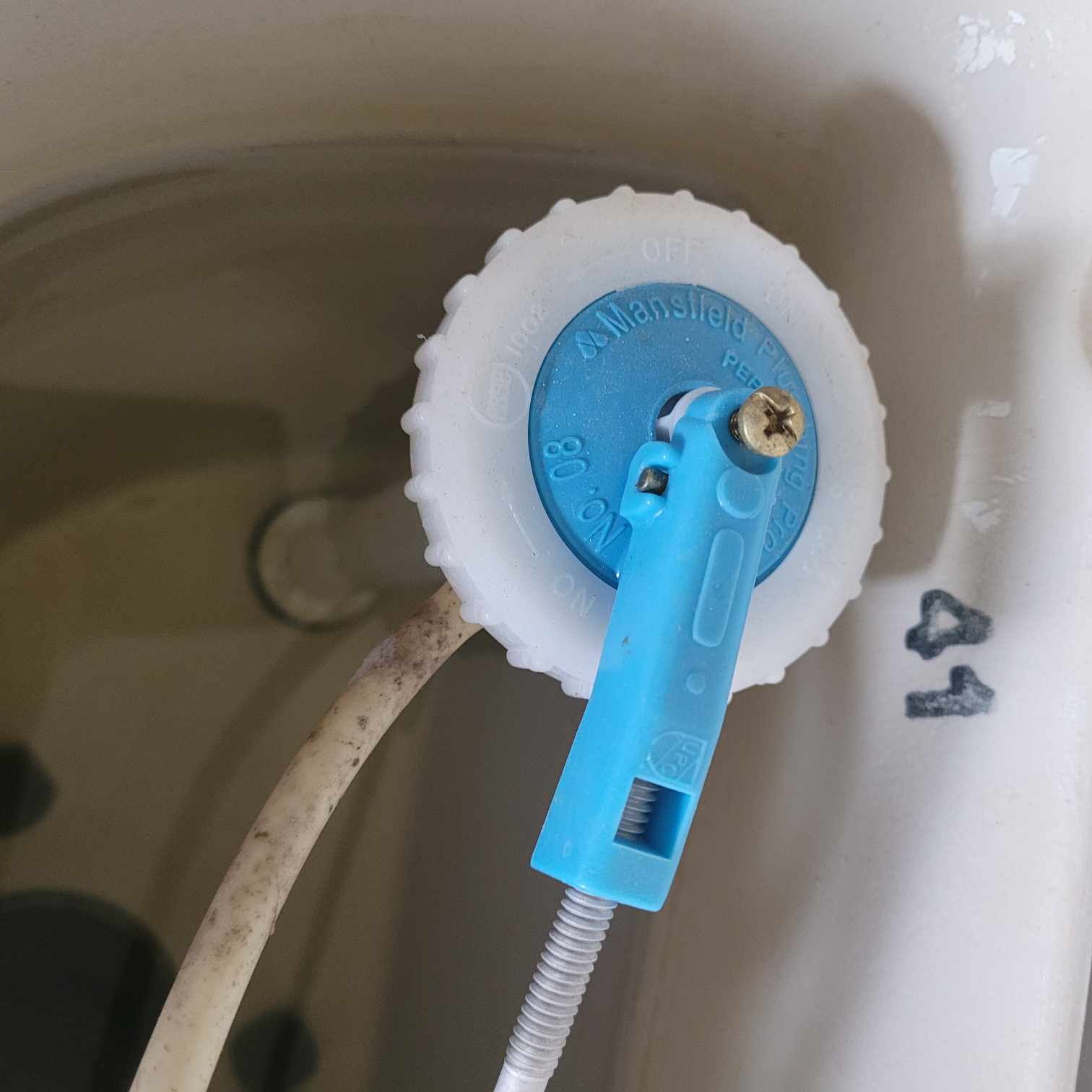
If you suspect this, open the lid of the toilet tank, inspect the system, and note whether there are any hard water stains in the tank mechanism.
Turn the set screw a full turn, then flush the toilet. Let it fill. Most of the time it will now stop correctly. The water level may be lower than you wish when the valve shuts off. If so, back the set screw off a half-turn, and flush it again. Repeat the process until the water is at the proper level.
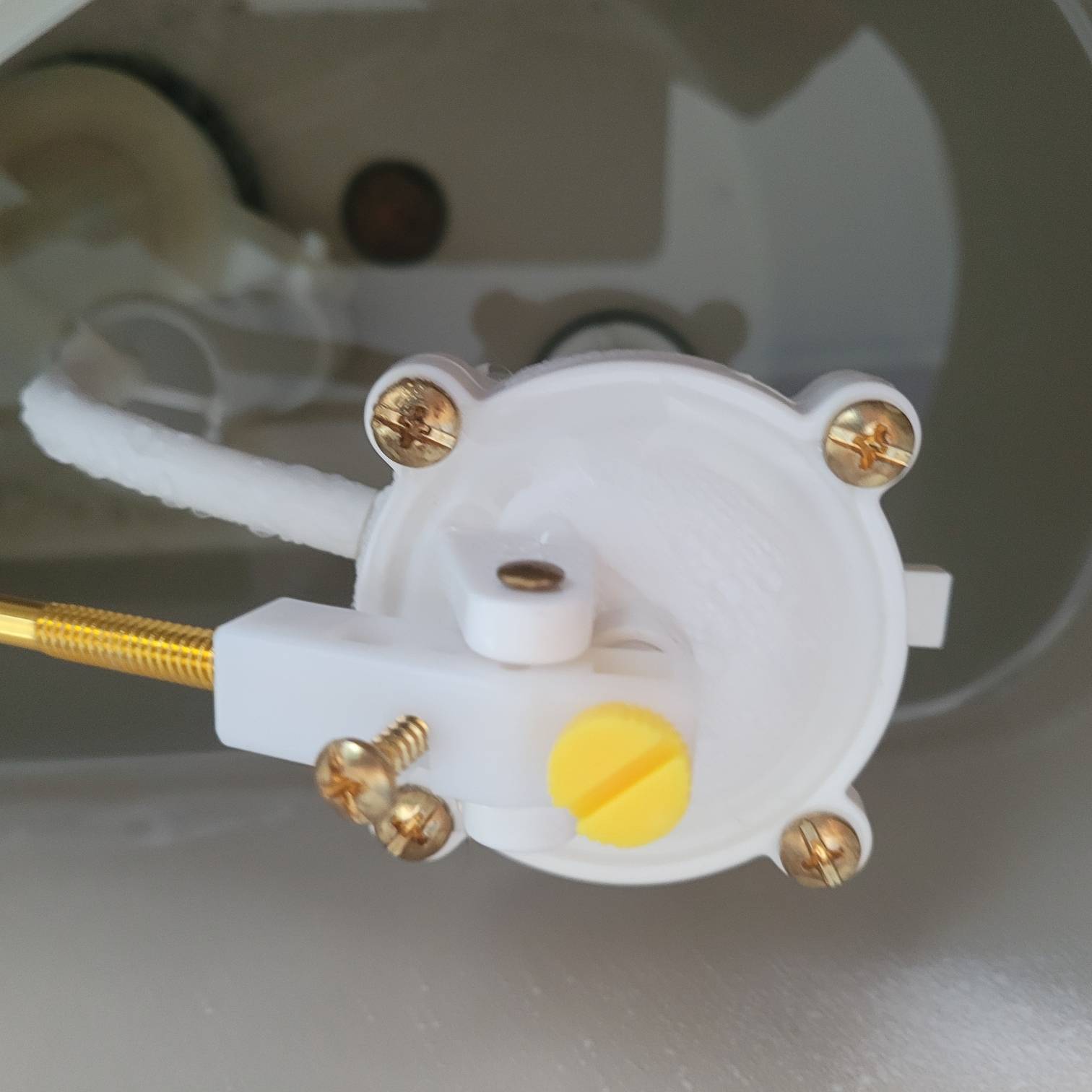
If there is no set screw on the valve, or it is fused solid and can’t be moved you still have an option in bending the metal rod between the valve and the floating ball. With the rod in your left hand, lift up while pushing the ball down. This will bend the rod in an upward arc, forcing the ball down. A lower floating ball will increase the angle to the valve, shutting it off sooner and stopping the constant running.
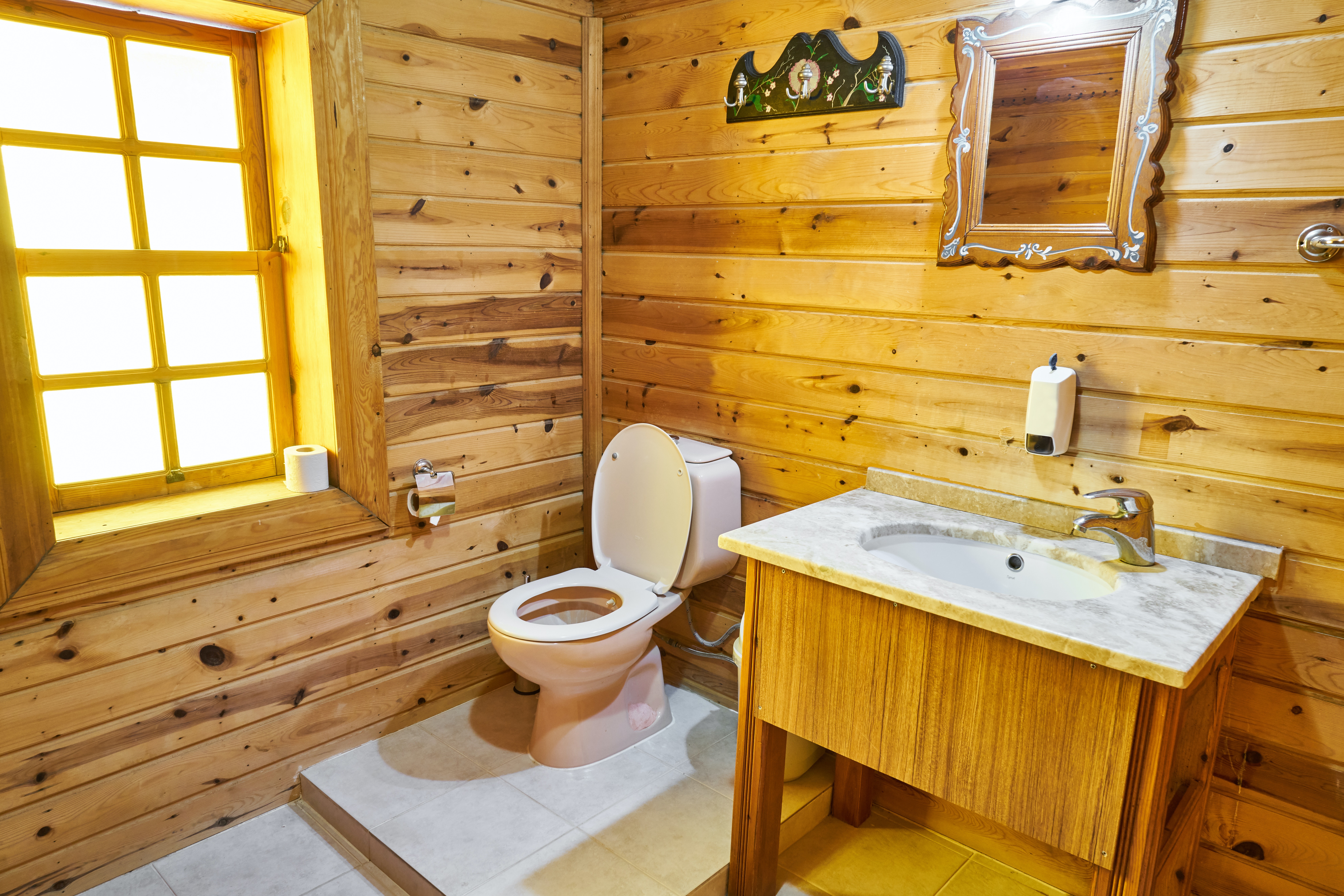
Repairing a Pressure Valve Toilet
The other common style for a toilet is a pressure valve. There won’t be a floating ball, just a flat valve with an adjustment knob or screw on it that controls the flow of water into the tank. These valves shut off when the weight of the water in the tank hits a threshold, shutting down the valve.
The most common problem with these valves comes if the membrane that opens and closes the valve becomes compromised.
You can adjust the sensitivity of that membrane with the set screw. You can usually just reach inside the tank and adjust the set screw without flushing the toilet.
With your hand in the tank, the water level is raised. When you remove your hand, the water will be lower than the level you need to make adjustments accordingly as you turn the set screw.
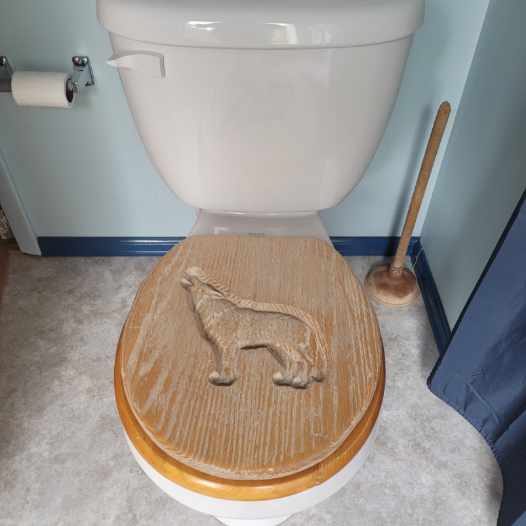
Flush a couple of times to make sure you’ve set the screw correctly, put the lid back on the toilet tank and move on to another project.








